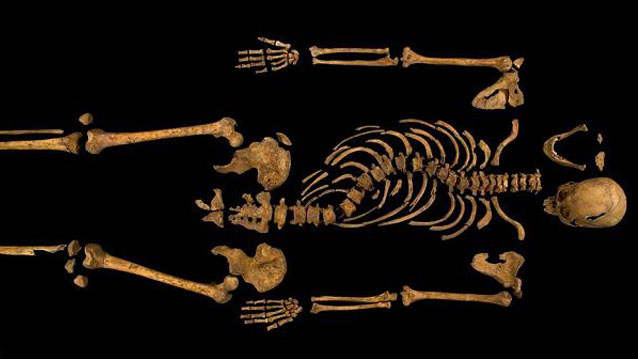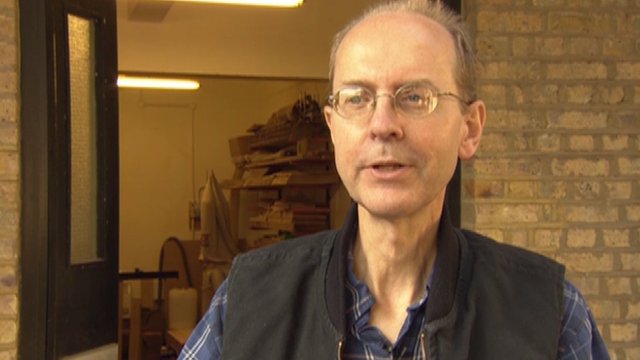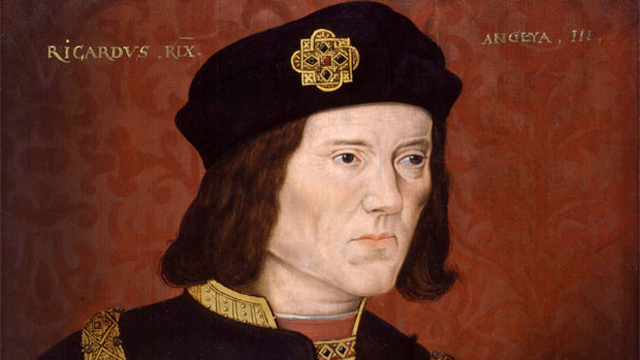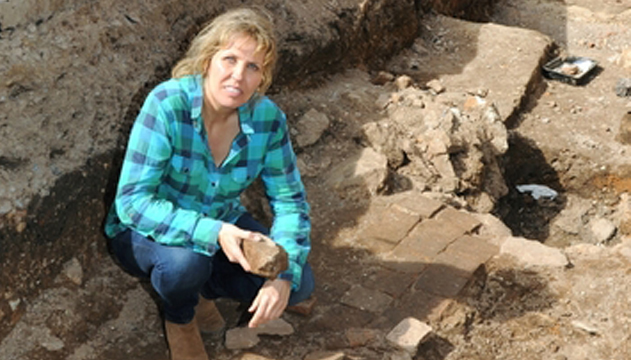
He was depicted as a crazed murderer in countless historical farces, but the question still remains — who was the real King Richard III?
Some light may finally be shed now that the English ruler’s 500-year-old remains were confirmed to have been found under a Leicester car park. An archaeological dig began in August 2012, but it wasn’t until now that the remains were confirmed to be the king’s. He was depicted as a crazed madman who ordered the death of his nephews, but he also did some good–for example, he introduced the concept of bail into the English legal system. The find will set straight what has been centuries of often-misguided speculation about the life of this fabled king.
Here’s what you should know about the king’s life and the discovery of his remains.
1. He Had Scoliosis

This was already known to be true before archaeologists unearthed his remains, but the fact that the skeleton was found to have the same exaggerated spinal curvature was part of the proof they needed. This skeletal disorder was one of the many things that caused writers like Shakespeare to portray him as a hunchback, hideous and deformed. Tudor propaganda had even suggested that he was born with hair and teeth–something that was likely much more frightening 500 years ago, and which is also now believed to be untrue.
2. He Was Stabbed Through the Butt
The king’s corpse was subjected to humiliation wounds after his death, including a stab in the ass. His corpse was believed to have been stripped naked, tied at the hands, and dragged about by a horse before being stabbed down there and placed rather haphazardly into a sloppily carved grave.
3. His Skeleton Had Suffered 10 Injuries

Richard III’s cause of death has been determined to have been two severe blows to his skull that were inflicted on the battlefield. One such strike appeared to have “sliced away” part of the skull, and the other penetrated his brain almost 4 inches. Either one of these blows would have ended his life instantaneously, but the carnage didn’t stop there. Researchers also found lacerations on his ribs and pelvis.
5. The Find Challenges Shakespeare’s Depiction

While the king was indeed hunchbacked, he did not have a shriveled arm, contrary to the Bard’s depiction. Shakespeare’s portrayal of the man was notoriously vitriolic, so it may be that we find out that much of what we believed to be true about him was false.
6. DNA Match Was Made With a 17th-Generation Descendant

Researchers called upon the last known relative of King Richard III, a Canadian cabinetmaker by the name of Michael Ibsen. Ibsen is a direct descendant of Richard III’s sister, Anne of York. The researchers didn’t expect a match at first, nor did they expect the DNA in the king’s bones to have held up enough to test over the past 500 years. The match was the nail in the coffin, so to speak, that confirmed that the bones belonged to the king.
7. He Had One of the Shortest Reigns in History

Mostly due to being the last English king to die in battle, he had one of the shortest reigns ever at 26 months. His reign obviously ended with his death in battle, but the way he died wasn’t exactly kingly–researchers believe that the king’s hands were tied behind his back at the time of his death. He was only 32 when he died, which was a fact that researchers used in testing to determine the authenticity of the remains as King Richard III’s.
8. His Grave Had Been ‘Clumsily Cut’

The grave in which the remains of the king were found, believed to have been on the site of what once was the church of Greyfriars in the center of Leicester, was too small for his body. The grave was dug hastily, with uneven, sloping walls. There was no coffin or shroud to protect the body, which usually accompanies the burial of an individual of his status. In this light it’s truly surprising that his DNA held up for so long.
9. He’ll Be Reburied Nearby

Richard III’s remains will be reburied at the Leicester Cathedral, which is close to where the bones were found. The ornate, historic cathedral is believed to be a fitting final resting place for a king–much more so than a haphazardly-carved dirt pit, anyway. The king’s remains were originally brought to Leicester in 1485 and displayed as proof of his death, and it would turn out that his bones would rest there for a long time.
10. The Search Was Sparked by a Screenwriter

Phillipa Langley’s “hunch” that she was standing above the grave turned out to be right. The screenwriter and member of the Edinburgh chapter of the King Richard III Society wanted to tell the his story, and her persistence was one of the reasons that the excavation got as far as it did.